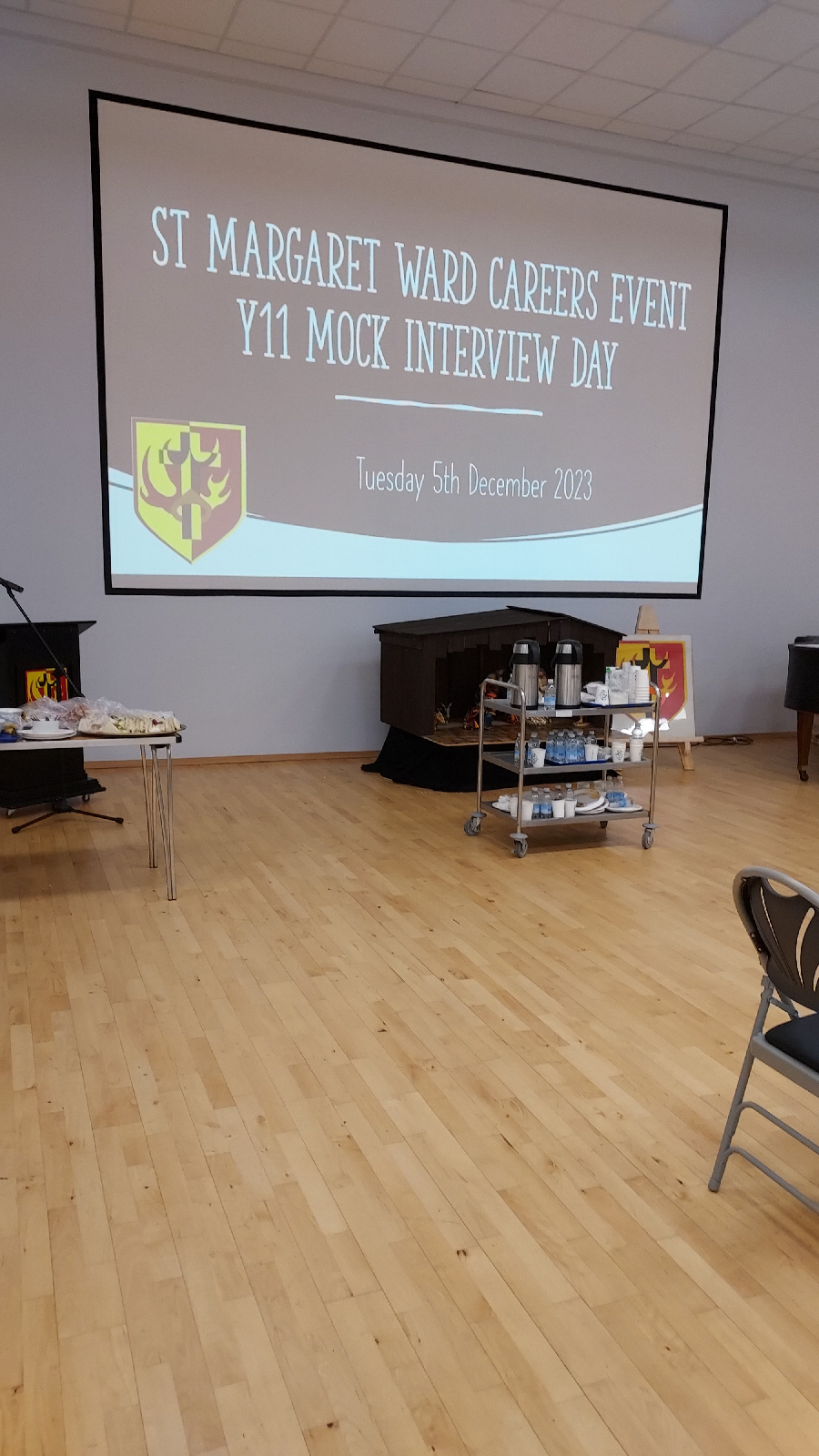I've written these "firsts" for the last two years now, this being the third. Even in my mid forties I'm doing things for the first time:
First time I saw a deer in the wild - while on holiday in Devon. We were staying in a secluded bungalow - actually a converted horse stable- which overlooked some fields, and one morning saw a wild deer walking across the field. We're going back in 2024, and this time I'll have my camera on permanent standby!
First time dressed up as Captain Picard... and also as Hannibal from the A Team. I've decided to make my grey hair and receding hairline work for me and embrace it. I mean - Darth Vader is still first choice, but I'm diversifying. The Hannibal costume needs work - I went with a friend who dressed as Murdock and people still couldn't tell who we were. This meant this was the first year I dressed up as four different characters: Vader, Batman, Hannibal and Picard.
Hosted a colony of bees under a loose roof tile. This was during the summer, when a colony of bumblebees borrowed some of our roof space for about three weeks. If you know me, you'll know I like bees, but this was a little too close for comfort. They were very well behaved and kept themselves to themselves but it was still a little disconcerting and we'll get the tile fixed in spring.
First time I was in a group that was nominated for a community award. I unofficially joined our local Star Wars/Cosplay group, the Endon Stormtroopers, in 2023 and in 2024 was made official (I have been given my own T Shirt). We didn't win, losing out to a group that was doing even more for their community, but it was cool to be nominated. That's me as Batman in the picture below.
2023 was also a challenging year. After discovering drops of blood in my wee in August, I was fast-tracked through the GP and hospital process to see if I had cancer. This opened up a long list of firsts: first CT scan (lie on a bed and have a magnetic polo mint go backwards and forwards around me), first cannula (I forgot to mention they injected me with iodine to make my insides show up better in the scan), and also a little camera.
This is where I was injected, on the inside of my elbow: the red rash is from the sticky dressing that was an effective exfoliant!
I'm fine. I have learned a lot about the human body - my human body in particular - and been given the thumbs up. I'm having an ultra sound in January to check on my kidney stones (the most likely cause of this entire episode).
This year was also the first time one of my children has gone overseas for a school trip - Germany, by coach, for four nights.
There were other highlights too, like the first time I got to see the Red Arrows fly over my house, watching them from my front doorstep (I wasn't expecting them, otherwise I'd have a photo to prove it).
I constructed my first scale model diorama this year - I'd dabbled with models during my time as a student, but this year I actually built and finished a full scene. Not just one, but three (with others in progress).
This year also saw me learn to play "All Things Bright and Beautiful", which is a sneaky little tune. Most of us sang it at primary school, so we think it's easy to play, because it's easy to sing. Ha! It's a very complicated little ditty, with sharps and modulations all the way through it. And it's written as a hymn with close four-part harmony, so you can't just whack out some chords and hope for the best. I had to learn to play it from memory (I can't sight read fast enough to read and play). Why? I played at my brother-in-law's wedding and this was the song he'd requested.
Having seen a wild deer while on holiday, this year also saw the first time I've chased a fox off the front garden, early in one summer morning.
Finally, in 2023, I carried out Careers Interviews with Year 10 and Year 11 students (aged 14-16) at my children's high school. For two days, I interviewed students to help them practise their interview technique, asking them the kinds of questions they'd be asked during interviews for jobs or college places. It was fascinating to see the difference between the Year 10 and Year 11 students, and between those who had prepared and those who hadn't! Those who hadn't probably thought they'd done well, but were not even close to those who had.
So, 2023 had some firsts that I would have preferred to have dodged, but which have given me useful experience for the future. Happy New Year!





























